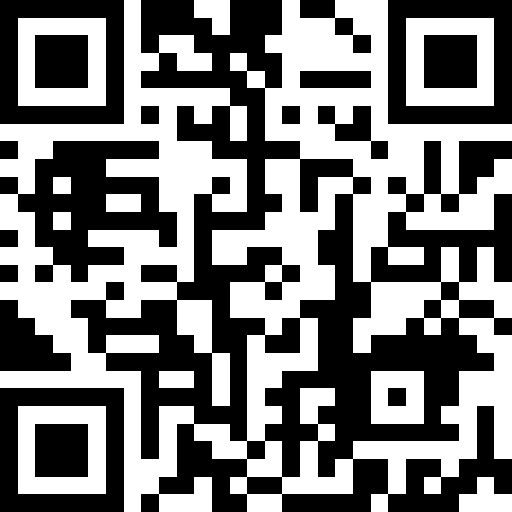Information
-
Audit Title
-
Conducted on
-
Prepared by
Emergency Evacuation & Emergency Exits
-
Are all exits and paths to/from exits free of obstructions?
-
Are exits clearly marked?
-
Do emergency lights work?
-
Are doors that could be mistaken for a way of exit marked “Not an Exit” or with the name of the room?
-
Can all exits be opened from the inside without a key?
-
Do all emergency alarms work?
Electrical
-
Are extension cords only for temporary use?
-
Are power cords free of splices, taps, and damaged insulation?
-
Is the area free of electrical Daisy Chains
-
Are live electrical parts on tools, equipment, building wiring, and electrical panels enclosed to prevent contact?
-
Do all extension cords have ground pins in place?
-
No circuits become overloaded? If they are overloaded list why.
-
Are breaker boxes clear and can they be accessed when needed?
-
Are machines that have moisture (e.g.: refrigerators, air conditioners) or used outdoors or in industrial settings grounded?
-
Do electrical cords and equipment used at wet locations have waterproof covers or seals to keep moisture out?
housekeeping
-
Are scrap materials stored safely to prevent tripping, fire or pest hazards?
-
Are spills cleaned up promptly?
-
Is there effective drainage for wet areas?
walking Surfaces/Stairways
-
Are aisles and passageways kept clear of tripping hazards (cords, pipes, hoses etc.) and at least 28” wide?
-
Is the floor free of holes, projections, or depressions that could cause trips, or let material fall on workers below?
-
Are covers on holes or large openings in floors secure and capable of supporting the maximum load safely?
-
Are floors still able to hold the intended load safely?
-
Employees ARE NOT expected to work from heights? If they are, is fall protection provided?
-
Is there at least 7’ of head room in all aisles and on all stairs?
-
Are guardrails in place on the open sides of all walking surfaces 4’ or more above an adjacent surface?
-
Are guardrails 36” – 42” high and capable of withstanding 200 LB of force in any direction against the top rail?
-
Are toeboards to catch debris installed on guardrails where people may work or walk on the surface below?
-
Are stair tread surfaces non-slip, not excessively worn, and free of stored materials?
-
Are walkways protected from or clearly visible to vehicle or forklift traffic?
-
Are guardrails installed on stairways with four or more risers?
Lighting
-
Is there sufficient lighting in work areas?
-
Are temporary lights protected from accidental breakage?
-
Are parking areas equipped with sufficient security lighting?
Chemical
-
Do all chemical boxes, bottles, bags, tanks, etc. have a label that has the chemical name and appropriate hazard warning?
-
MSDS has been read and understood for all chemicals that are used
Personal Protective Equipment (PPE)
-
Confirm any combination door locks under your area of responsibility are working correctly
-
There ARE NO Jobs for which you feel a hazard assessment should be conducted?
-
Does the furnished PPE fit?
-
Is the PPE in good condition?
-
Is the PPE appropriate for the job?
-
Do employees wear the PPE when required?
-
Are safety glasses worn where there is a potential for flying particles or objects?
-
Are goggles or face shield worn where there is a danger of corrosive material splash?
-
Is safety-toed footwear worn where there is a potential for heavy objects to roll or fall on the feet?
-
Is a hard hat worn where there is a potential for being struck by a falling or flying object?
-
Are ear plugs or ear muffs available and used in areas where it is necessary to raise your voice to be heard by a co-worker?
-
Are gloves, aprons, or shields worn when there is a danger of cuts or chemical contact?
Storage
-
Are materials stored in a way that does not create a hazard (protected from slipping or collapse)?
-
Are storage areas kept free of tripping and fire hazards?
-
Are shelves capable of holding the intended load?
-
Do employees have a safe way to stock and unstock the shelves?
-
Employees NO NOT have to get on the shelves to get stock? If they do, are they using fall protection?
-
Are storage racks tightly assembled and free of sagging from overload or damage by vehicle traffic?
-
Are hand trucks, carts, or hoists available and used for routine lifting or carrying tasks?
Safe Machine and Tool Operation
-
The Maintenance Process for all Machines in the AMS are being followed and records are kept where required.
-
No New Machines or Tools in area. (if no is selected, list new machines)
-
Are Employees trained in the safe use of this machine?
-
Are machines in good working order?
-
Are moving parts of machines such as belts, pulleys, gears, cutters guarded to prevent accidental contact?
-
Are all the safeguards adjusted properly before use?
-
There ARE NO electrical hazards?
-
Is the area around the use machines clear of any tripping or slipping hazard?
-
Is there sufficient clearance around machines for safe operations, material handling, and service?
-
Is the power shut-off within easy reach of the operator’s work station?
-
Observe the work practice to ensure they are safe?
-
Employees ARE NOT wearing loose clothing or jewelry that could get caught in the machinery?
-
Do employees get help when they need it?
-
Are employees working next to machines safe?
-
Do machines require lockout/Tagout procedures?, are they created and Employees trained in them?
Other
-
Please list anything that should be added to this checklist.






